Fittings & Couplers
Fittings & Couplers connect hoses and tools seamlessly.
When you think about getting the best out of your pneumatic power tools, fittings and couplers might not be the first things that come to mind. Yet, these small components play a crucial role in ensuring the efficiency and reliability of your air tool operations. Whether you’re setting up a workshop or performing maintenance, understanding these elements can make a big difference in air tool performance.
Understanding Fittings & Couplers
Fittings and couplers are integral to pneumatic systems. These components make it possible to connect hoses and tools to an air compressor, allowing for optimal air flow and functionality.
- Fittings are typically long pieces that insert into ports on tools and hoses. They come in varying sizes, primarily measured in inches or millimeters, that determine their air flow capacity.
- Couplers are slightly different in function. The main role of a coupler is to provide a quick and secure connection between hoses and tools, ensuring a robust seal that prevents air leakage.
Common Types
There are numerous types of fittings and couplers available in the market, each with specific use cases and benefits.
Types of Fittings
- Barbed Fittings: These are commonly used for connecting hoses, noted for their tight seal.
- Push-to-Connect Fittings: As the name suggests, these allow for an easy and quick connection without the need for additional tools.
- Threaded Fittings: These are durable and offer a secure connection, often used in applications that require a tight seal.
Types of Couplers
- Automotive (or Type C): Known for a secure connection that doesn’t easily detach with movement.
- Industrial (or Type D): Preferred for heavy-duty air tool applications due to their maximum air flow capability.
- Universal Couplers: These provide the flexibility to connect with different fitting types, a handy choice for diverse setups.
Selecting the Right Material
Fittings and couplers come in different materials, each with its strengths and considerations.
- Brass: Offers good durability and corrosion resistance, suitable for most tasks.
- Steel: Known for its strength, making it ideal for industrial settings.
- Aluminum: Lightweight and less durable, typically used in less demanding applications.
Evaluating the material is crucial, as it influences the longevity and reliability of your components.
Considerations for Performance
When picking fittings and couplers, several factors should play into your decision. The intended air pressure level, environment, and tool requirements will all guide you to the right choice.
- Airflow Capacity: Ensure that the fittings and couplers can maintain sufficient airflow for your tools to work efficiently.
- Leak Prevention: Quality fittings and couplers help reduce the chance of leaks, which can compromise power tool effectiveness.
- Ease of Use: Opt for designs that simplify the connection and disconnection process, saving time and effort.
Brands and Quality
Diverse manufacturers offer fittings and couplers, each with varying levels of quality. It’s often beneficial to consult product reviews and recommendations when selecting components. According to Grainger, a reputable supplier of industrial products, investing in quality components can pay off in long-term performance and reliability.
Fittings and couplers might be small, but their impact on your pneumatic system is significant. By choosing the right options for your needs, you can enhance efficiency and ensure your pneumatic power tools are always ready to perform at their best.
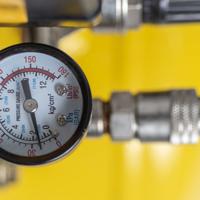
A clear explanation of fittings and couplers in pneumatic systems.
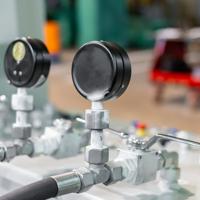
A guide to selecting and maintaining hoses and reels for pneumatic power tools.
Regulators and filters control air pressure and clean contaminants for reliable pneumatic operations.
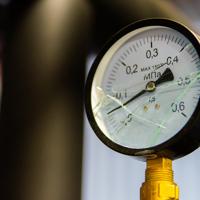
An overview of the role of regulators and filters in maintaining efficient and safe air systems.
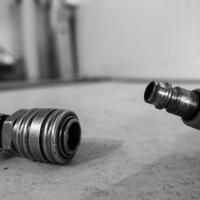
Guidelines for choosing air hoses that maintain pressure and adapt to your pneumatic tools.
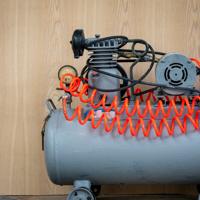
Practical advice on maintaining air tools to ensure steady performance.
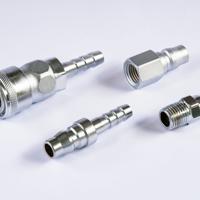
A focused guide on what to consider when purchasing air tools for your projects.
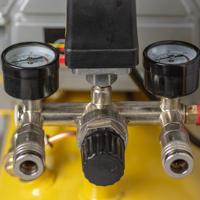
Clear advice on buying pneumatic power tools that matches your needs.